What Hi-Fi? Verdict
The SR3 Signatures deliver a fast, detailed and direct sound but, for the best results, they need careful matching
Pros
- +
Agile, dynamic and punchy sound
- +
Clarity
- +
Taut, powerful bass
- +
Excellent build and finish
- +
Upgradeable
Cons
- -
Lack a little subtlety
- -
Sound lifeless at low volumes
Why you can trust What Hi-Fi?
We like upgradable hi-fi. It’s an excellent way to preserve your initial investment and still get an improvement in sound.
Brands like Naim and Cyrus have built their business on modular electronic designs that can be improved by the addition of an external power supply or internal modification.
We’re not used to seeing such a flexible approach taken with speakers, and that’s what makes Danish brand Audiovector such an interesting company.
Its product ranges are organised around a base cabinet – floorstanding in the case of the SR3s – and then the rest of the line-up uses ever-more-advanced drive units, crossovers and structural changes to improve the performance as the price increases.
Once you buy into the range, you can upgrade to any of the premium models for the retail price difference (plus a little extra to covers Audiovector’s shipping and labour costs). The product is returned to the customer fully tested and looking as close to new as the company can manage.
The SR3 Signatures are the second rung in a four-strong range that tops out with the SR3 Avantgarde Arretés at around £6000. Don’t go thinking that the Signatures are a poor relation though - even a cursory glance proves otherwise.
Build
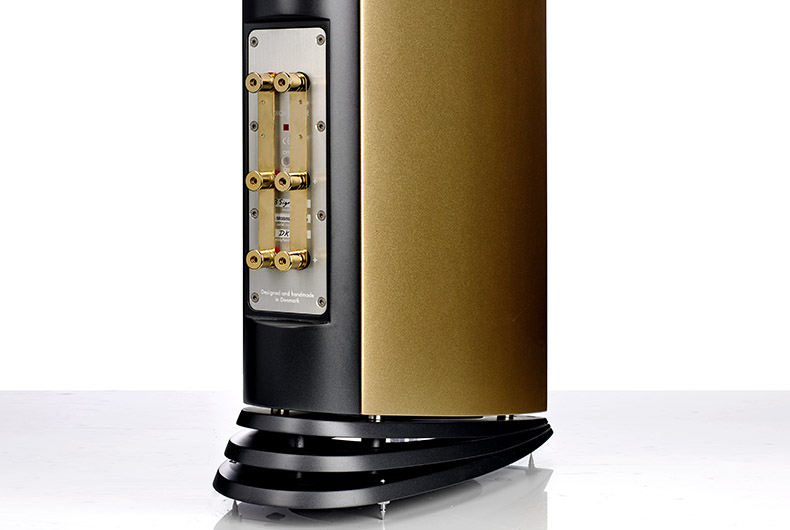
These are beautifully made towers, with crisp cabinet edges and a flawless finish. At 103cm tall and just 19cm wide, they’re not overbearing by high-end standards.
The latest hi-fi, home cinema and tech news, reviews, buying advice and deals, direct to your inbox.
There are four options – black, white, cherry and rosewood – but add another £300 to the price for a glossy finish. Audiovector will happily paint the cabinets in (pretty much) any colour you like - for a suitable premium, of course.
We love the attention to detail here. Everything looks slick. Even parts that are normally hidden, such as the fixings on the underside of the base, are nicely made. That’s not something that's always the case, even at these price levels.
MORE: How to build the perfect speaker
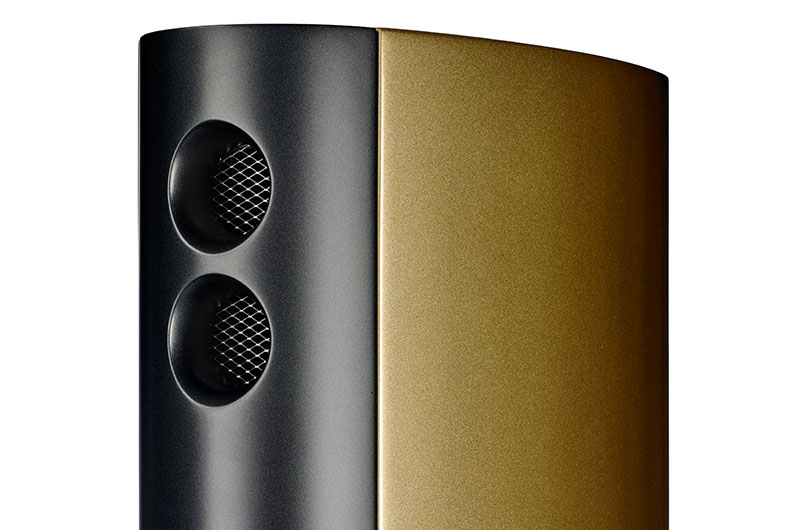
Despite looking fairly conventional, there’s plenty of interesting technology in the SR3s.
This Signature model has a reinforced rear panel over the entry-level version, and a plinth design using steel plates for the spike mountings to improve the mechanical interaction with the floor.
In theory, both of these elements should lead to a more precise and dynamic sound. The curved cabinet shape helps too, thanks to the non-parallel sides reducing the build-up of internal standing waves.
That tweeter may look just like a traditional dome, but the diaphragm is made of a mix of natural silk and carbon fibre for strength and damping characteristics.
The unit is also vented behind the dome, so specific frequencies can escape through a rear port to help create a larger, more spacious presentation.
MORE: How to buy speakers and set them up for the best sound
Compatibility
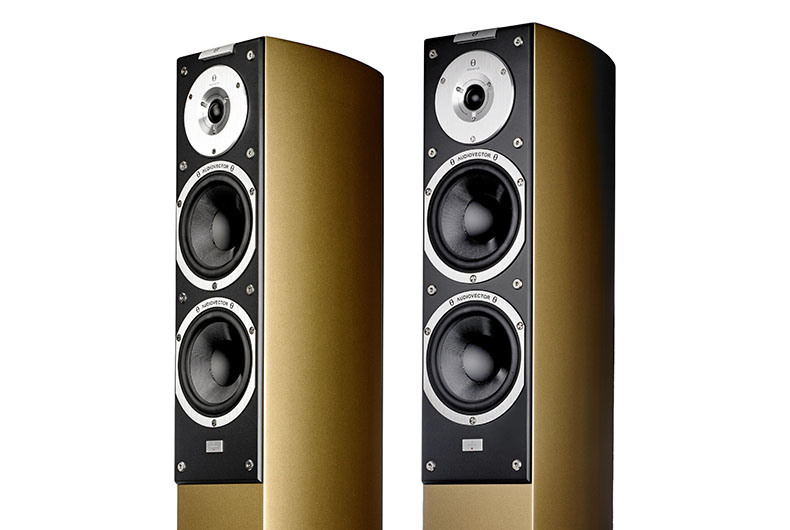
Despite the three drivers, the SR3 is a 2.5-way design where the lower 16.5cm unit only helps out below 210Hz.
Both units are designed in-house but hand-built by OEM specialist Scanspeak. They use a 16.5cm carbon/glass fibre cone, titanium formers and a magnesium chassis.
Added to the simple but carefully calibrated crossovers, the aim is to deliver high sensitivity with a detailed and dynamic sound.
The rated sensitivity is just short of 92dB, which is good going and means the Signatures should be capable of generous listening levels with most price-compatible amplifiers.
Given a suitably capable system – we use our reference Naim NDS/555PS streamer and Gamut D3i/D200i pre/power amplification – the SR3 Signatures turn in a dramatic performance.
Sound
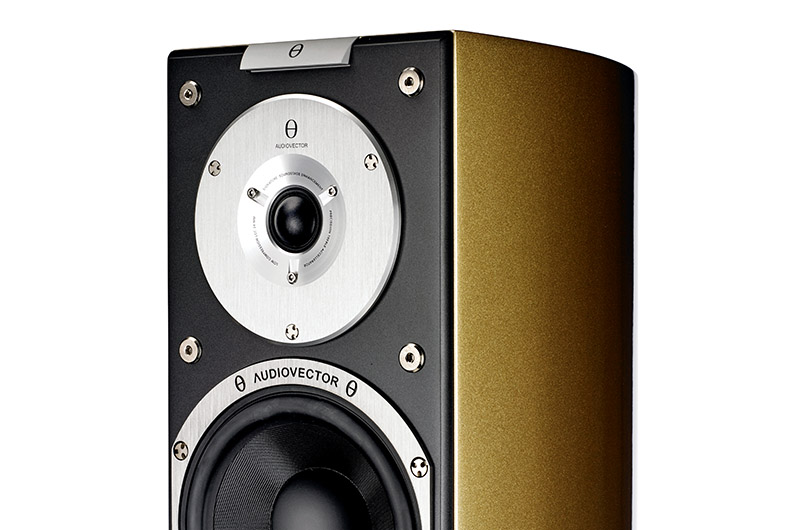
We start off with Radiohead’s In Rainbows and there’s plenty of attitude, combined with punch and a surefooted rhythmic framework.
Thom Yorke’s distinctive vocals are crisp, clear and easy to follow no matter how much he mumbles or how complex the electronic musical backdrop gets.
Despite their slim proportions, the SR3s are capable of some seriously deep bass. They hit with venom on tracks like 15 Step, staying clean, taut and controlled even as volume levels rise. They're beautifully balanced too, refusing to muddle the lower midrange area as can sometimes happen to nominal rivals.
MORE: Best speaker deals - hi-fi, Bluetooth, wireless
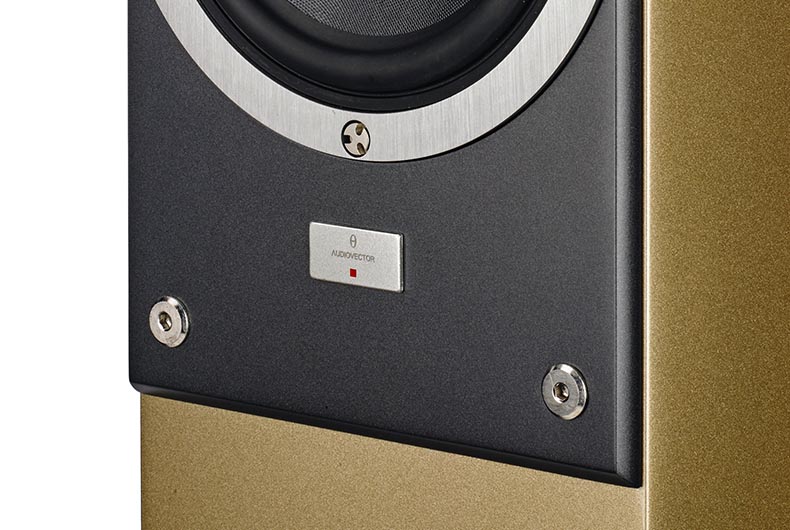
We switch to Tchaikovsky’s Swan Lake and are drawn in to the action. These towers don’t hold back, delivering an upfront, direct presentation brimming with energy.
Most high-end alternatives tend to concentrate on refinement, going out of their way to make the music sound just a little too polite. Not these. They go in bare-knuckled, refusing to round off any rough edges in the name of comfort. It’s a trait we enjoy, but it can easily divide opinion - particularly if system-matching isn’t done with the required amount of care.
There’s an impressive amount of speed here, coupled to an agility that allows the speakers to track the sweep of notes with determination. Large dynamic swings are rendered with relish, and no small degree of composure.
These speakers come alive when pushed, retaining a pleasing degree of composure while delivering plenty of insight. Play at lower volume levels and that excitement is diluted, so be aware if you have sensitive neighbours.
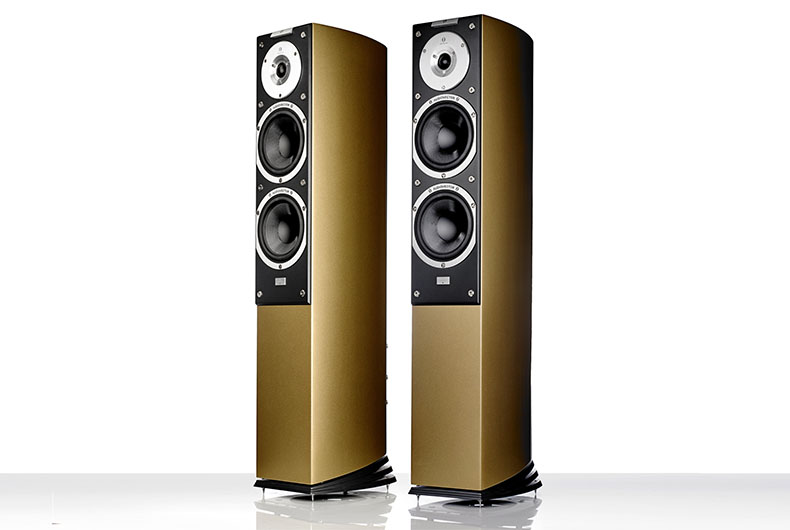
Tonally, things are skewed towards leanness. We play around with positioning, and end up with them around 40cm from the rear wall with a little toe-in towards our listening position.
This helps flesh out the midrange without spoiling the speaker’s drive and attack. In any position they remain a little too forward for our tastes, though.
The Audiovectors' stereo imaging is precise and stable, but doesn’t have the sense of space we expect.
There’s no shortage of scale, particularly when volume levels are pushed, but we don't quite get the expansive, layered sound-staging we know our system is capable of.
MORE: Best hi-fi speakers 2017
Verdict
It’s clear these floorstanders aren’t quite all-rounders, but they have a blend of talents that nevertheless appeals.
They’re fast and exciting in a way that eludes much of the competition, and have an admirable way of revealing the drive and enthusiasm in a piece of music.
The Audiovectors become a little unstuck when subtlety is required, true, but even so they are well worth searching out. Particularly if their upgradability appeals.
See all our Audiovector reviews
What Hi-Fi?, founded in 1976, is the world's leading independent guide to buying and owning hi-fi and home entertainment products. Our comprehensive tests help you buy the very best for your money, with our advice sections giving you step-by-step information on how to get even more from your music and movies. Everything is tested by our dedicated team of in-house reviewers in our custom-built test rooms in London, Reading and Bath. Our coveted five-star rating and Awards are recognised all over the world as the ultimate seal of approval, so you can buy with absolute confidence.


